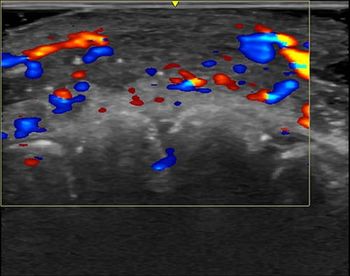
GE Healthcare to Resume 'Close to 100 Percent' Production of Iodinated Contrast Media Products This Week
The resumed production of GE Healthcare’s Omnipaque products is a welcome development for radiologists scrambling to come up with alternative dosing and imaging options in the past month during the temporary shortage of iodinated contrast media.
With the easing of COVID-19 restrictions in Shanghai, GE Healthcare recently announced that the
“This will enable us to restabilize our global supply of iodinated contrast media,” emphasized GE Healthcare in the update statement.
“Especially with some of the newer scanners, many imaging protocols out there probably overdose, to a certain degree, the iodinated contrast media,” suggested Dr. Cavallo, an assistant professor of radiology and biomedical imaging at the Yale University School of Medicine.
(Editor's note: For related content, see "Iodinated Contrast Media: Practical Solutions and Applications in Radiology.")
Dr. Cavallo said modification of imaging protocols could also lead to reduced expenses as well as a reduction in the amount of radiation dosing that patients are exposed to.
However, Dr. Bryant, a neuroradiologist, also emphasized preserving contrast use when appropriate and not trying to “shave off a little bit of volume just to save a few dollars.
“I want us to be careful on a slippery slope of just trying to reduce the doses without a really compelling or emergent reason to change policy,” noted Dr. Bryant, a clinical assistant professor in the department of neuroradiology at the University of Colorado Health Sciences Center and the University of California San Francisco.
Newsletter
Stay at the forefront of radiology with the Diagnostic Imaging newsletter, delivering the latest news, clinical insights, and imaging advancements for today’s radiologists.




























